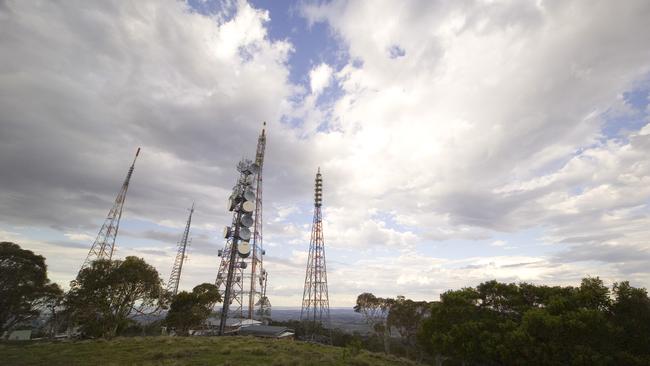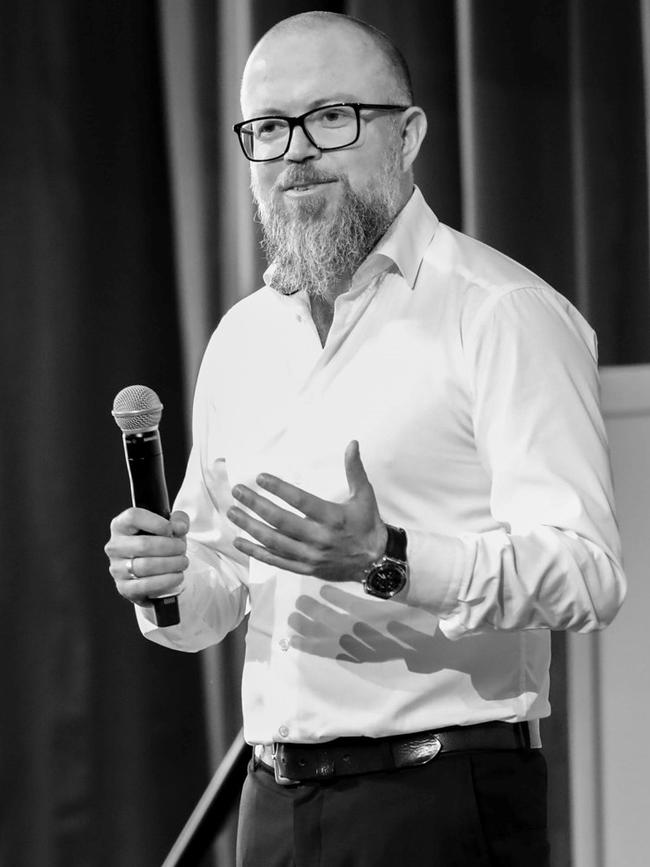How telcos are harnessing AI to prevent Optus-style outages
AI is brilliant at analysing and making sense of copious amounts of data in an instant, making it a vital tool in helping telcos prevent catastrophic network failures.

Telcos are turning to artificial intelligence to help prevent another catastrophic Optus-style outage as they use the technology to better design their networks and perform preventive maintenance.
Much of the AI spotlight has been cast on how it can make customer-facing chatbots appear more natural, and in white-collar workplaces remove drudgery by automating mundane tasks. But it represents a big opportunity in hard infrastructure, particularly in enabling better and more efficient design.
In the case of telcos, AI allows engineers to pore over copious amounts of data almost instantaneously to pinpoint potential network problems. And if there is a mass shutdown – like the one that crippled Optus last November and ultimately cost chief executive Kelly Bayer Rosmarin her job – the technology can be used to restore connectivity more quickly.
This is one of the main themes that is expected to emerge at MWC – the world’s biggest trade show for mobile communications – which will be held in Barcelona later this month.

Telstra, Australia’s biggest telco, has already deployed AI across half of its operations as part of its T25 strategy to become fully AI-enabled in coming years.
Group executive for product and technology Kim Krogh Andersen said the company was using AI to solve one of its biggest problems: knowledge management.
“Our agents and people in the stores have more than 2000 manuals they need to read – and as you can imagine, that’s impossible,” Mr Krogh Andersen said.
“So one of the things we did was to apply an AI knowledge bot … so they can ask questions and get feedback. That increased the correctness, the efficiency but also the wellbeing and engagement of employees on our frontline.”
A similar process can be used in network design and maintenance, particularly in remote alarm monitoring. Alarms assist operators in better understanding network failures, the problem is there are a lot of them.
“Historically we have a lot of alarms that we couldn’t prioritise because we are humans. But will LLM (large language models) and AI more broadly we are actually able to process much more data and therefore also be able to take much more of these alarms and data into account when we do preventive maintenance,” Mr Krogh Andersen said.
“When we do maintenance, we predict what’s going to happen in the network in the future, so AI is such an important part of how we build out the network, how we operate the network and our core business going forward.”

Ishwar Parulkar, global chief technologist, at cloud computing provider Amazon Web Services (AWS), said this doesn’t negate the need for human input to prevent network failures.
Indeed, AI won’t be a panacea to eliminate outages, which remain an everyday risk for telcos. It just means when they happen, access can be restored more quickly.
“It’s important to understand the balance of where you can use the technology and where you still need human expertise. That’s super critical,” Mr Parulkar said.
“The things like the Optus outage, it starts with building a very resilient design, but then having tools on top to really navigate and understand the failure very, very quickly. That’s where the AI technology is very powerful.
“Typically when you have a failure in the network, you have engineers going through logs, sifting through lines of code. But with this technology, this can zero down into areas to look at in a much more sophisticated way. It’s like the equivalent of 1000s of experts looking at this data. It’s pretty significant, especially the troubleshooting space because this space is all about consuming lots of lots of data and then making sense out of it.”
Crucially, Mr Parulkar said telcos have an opportunity to regain some of the ground they have lost to “over the top players” by harnessing AI.
“There was a time when telcos, the telco industry was kind of the cutting edge of technology and offering services and infrastructure.
“And then what we call over the top players came and some of that value was lost. When a technology shift like this happens, it’s an opportunity for everybody to get in because everybody’s figuring out what they can do.
“And I think telcos are the same. I think there’s a huge opportunity here in terms of how they can leverage their assets, their touch points with the large customer base – everybody uses a phone, everybody connects over the internet. So we see this as a big opportunity for telcos to really gain some of the ground they lost to the over the top players.”
While AI is expected to dominate MWC, like it did at CES – the world’s biggest consumer electronics trade show, which was held in Las Vegas – last month, it won’t be the only hot trend discussed.
The cloud is set to streamline mobile connectivity, easing congestion at major events by allowing telcos to flex their capacity to cope with surges in traffic.
“With cloud, we’re able to also load balance as well. So if there are a lot of people there unexpectedly, for whatever reason, then cloud can help drive that elasticity.”
Mr Krogh Andersen describes this as an entire ecosystem working together to improve connectivity.
“I have no doubt that AI will be the main thing in Barcelona. But for a long time it has always been an ecosystem of things that need to come together, to digitise physical industries and digitise societies. It’s not one technology alone. It is an ecosystem of technology that needs to come together. And I think AI will be the enabler of that.”




To join the conversation, please log in. Don't have an account? Register
Join the conversation, you are commenting as Logout